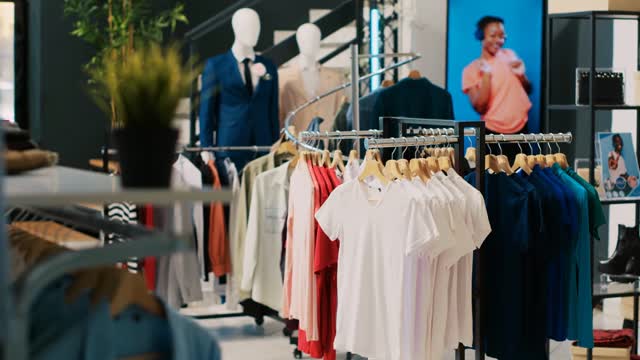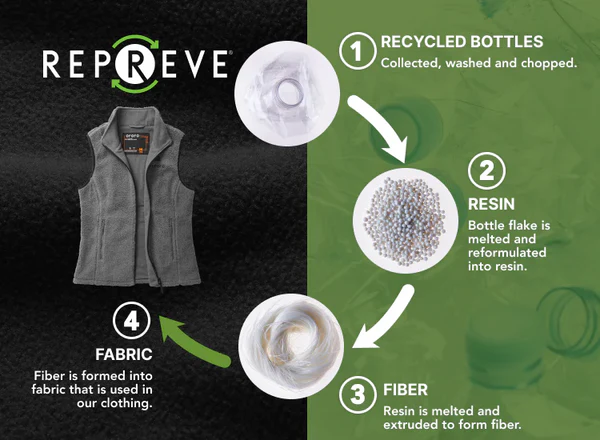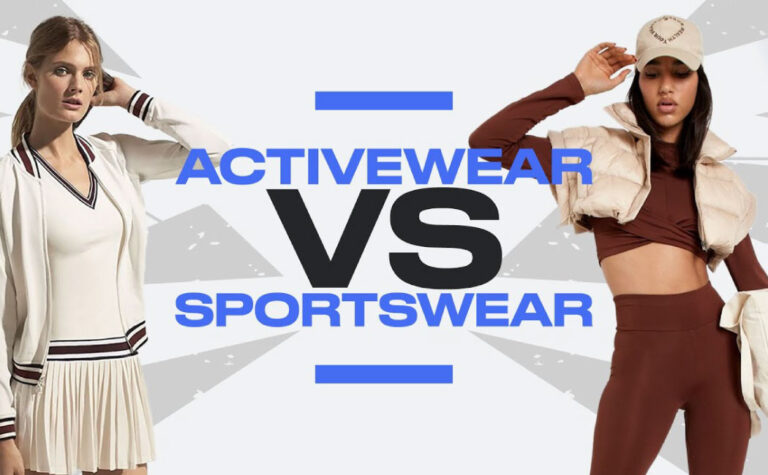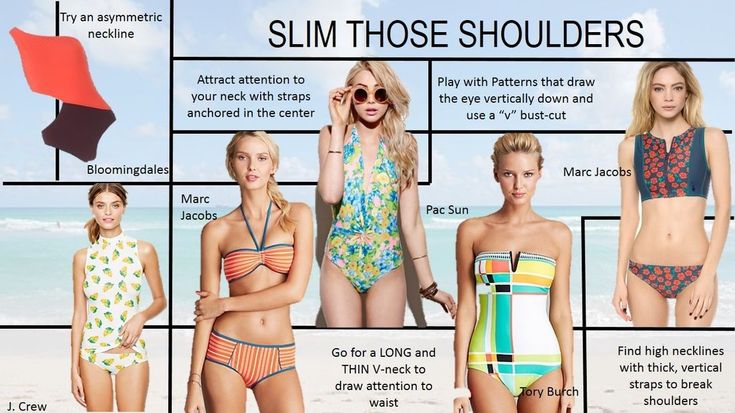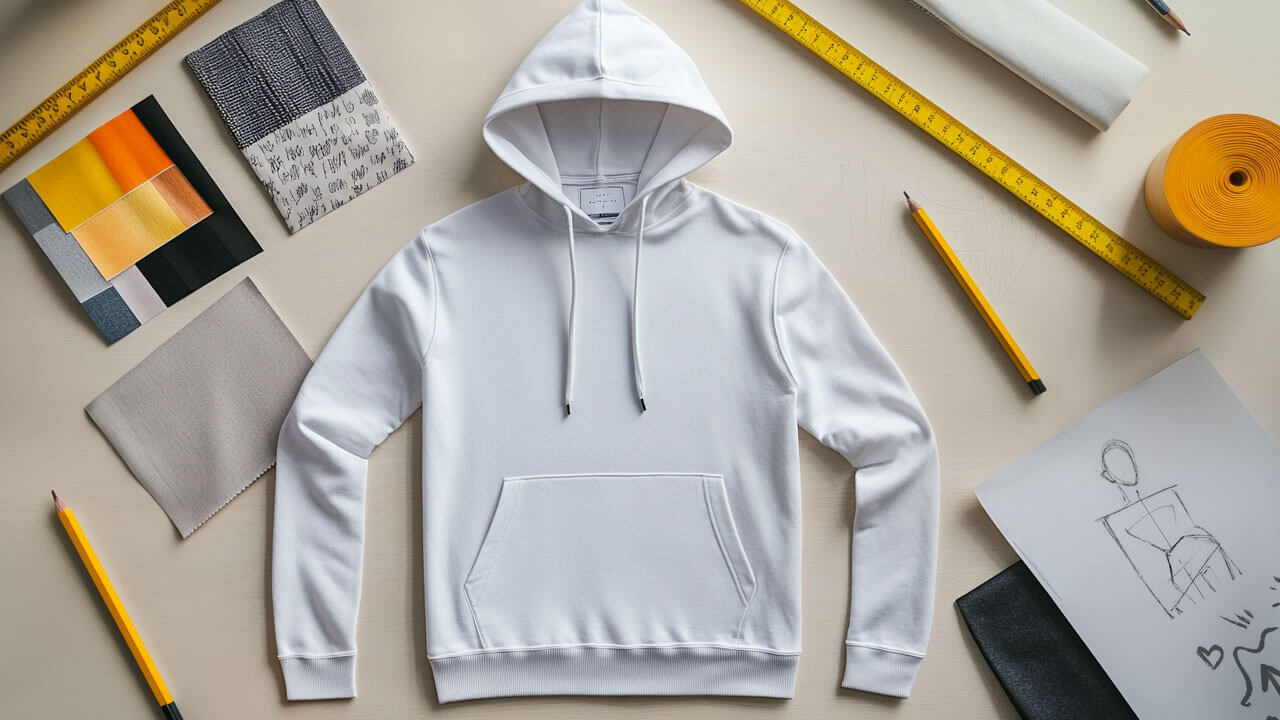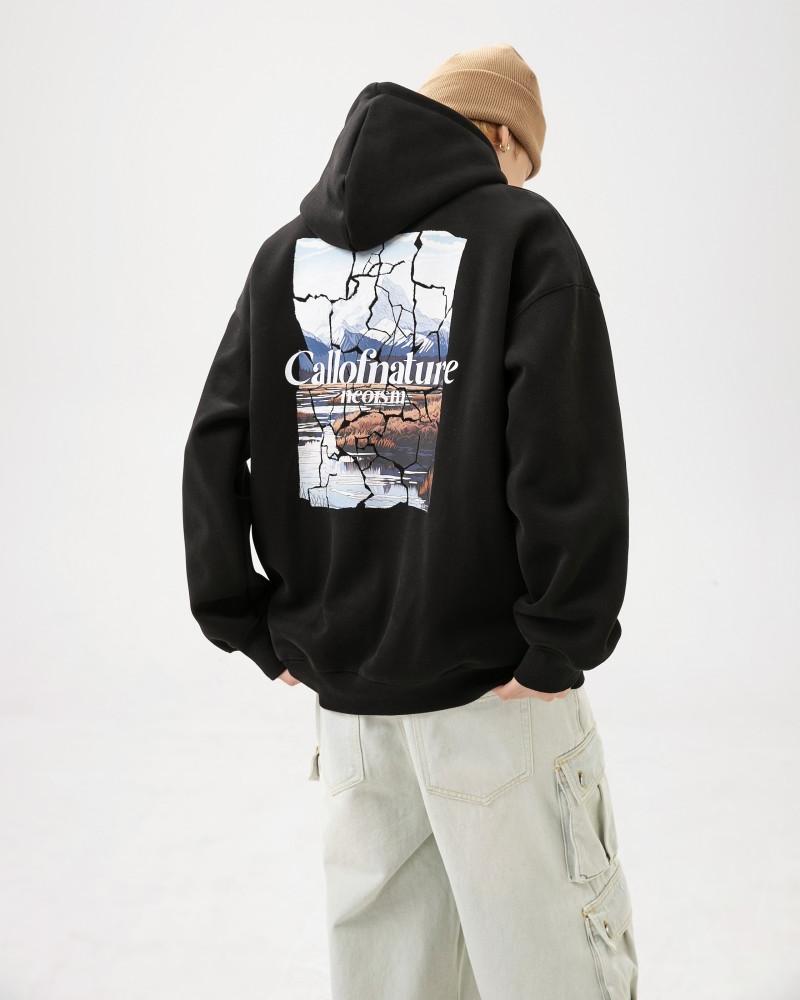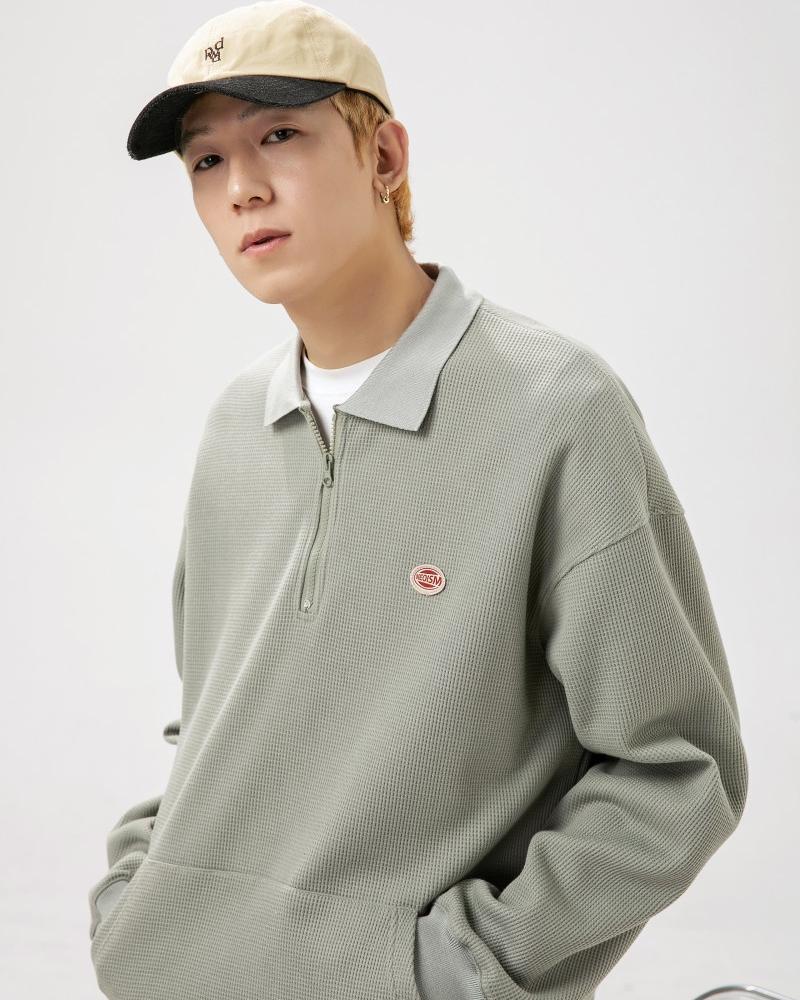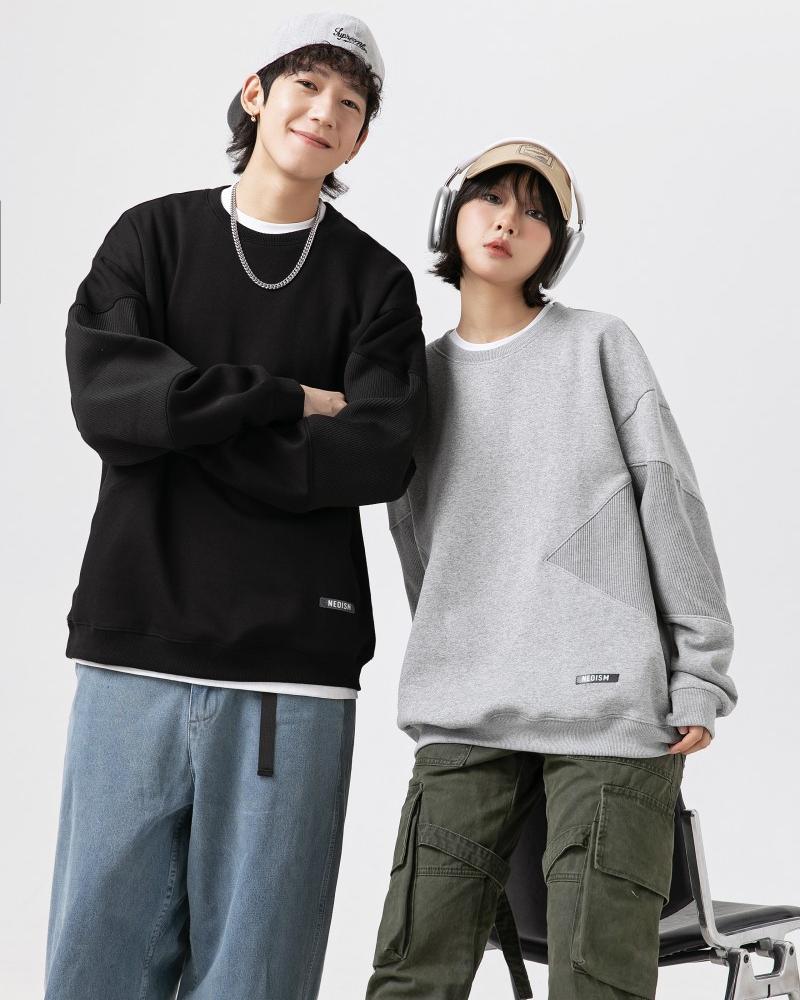-
No. 28, Zhanqian 1st Street, Liuhua Subdistrict, Yuexiu District, Guangzhou City

Lounge Clothes Entrepreneurship Bible: 10 Core Strategies to Build a Comfortable Brand with Annual Revenue of One Million
Table of Contents
Abstract
As the “stay-at-home economy” continues to heat up, the global loungewear market is expanding rapidly at an annual growth rate of 9.7%, and the market size is expected to exceed US$32.5 billion in 2033. This seemingly traditional track actually contains amazing entrepreneurial opportunities – from the innovative application of environmentally friendly fabrics to the conceptual revolution of “outerwear loungewear”, from smart temperature control technology to subscription business model, the industry is undergoing unprecedented changes. This article will deeply analyze the 10 most commercially valuable entrepreneurial dimensions, and take you to master the complete methodology from product research and development to brand building, helping you seize the opportunity in the wave of comfort economy. Whether it is a small entrepreneur looking for a differentiated positioning or a mature brand that hopes to expand its product line, you can get practical strategies that can be implemented immediately.
1. Market breakthrough point: Discover unmet niche needs
Data insights: • The annual growth rate of the large-size homewear market reached 15%, far exceeding the industry average (Statista 2023) • The search volume for men’s homewear increased by 210% year-on-year, but the market supply was insufficient (Google Trends 2024) • 55% of consumers are willing to pay a 30% premium for “machine washable silk” (McKinsey Apparel Consumption Report)
Successful cases: • Eberjey’s female user repurchase rate increased to 65% with its “period-friendly” homewear series • The Japanese brand Gelato Pique used the “dessert-style” design language and the customer unit price exceeded $150
Execution strategy:
- Use Google Keyword Planner to explore long-tail needs
- Pain point crowdfunding on platforms such as Reddit and Xiaohongshu
- Develop “scenario-based solutions” (such as jackets for WFH meetings)
2. Material Revolution: Application of Next-Generation Functional Fabrics
Technology Frontier: ✓ Phase Change Material (PCM) can automatically adjust body surface temperature (NASA-derived technology) ✓ Seaweed fiber has natural antibacterial properties and only takes 12 weeks to degrade ✓ Nano-coating technology makes cotton fabrics waterproof
Cost Comparison: | Fabric Type | Cost ($/yard) | Premium Capability | |———-|————|———-| | Ordinary Cotton | 1.2-1.8 | 1x | | Organic Cotton | 2.5-3.5 | 1.8x | | Eucalyptus Fiber | 4.0-5.0 | 2.5x |
Purchasing Recommendations: • Obtain sustainable raw materials through Textile Exchange certification • Cooperate with university material laboratories to develop patented fabrics
3. Design psychology: Creating addictive user experience
Neuroscience application: ☆ Removing the side seam label can increase the perception of comfort by 47% (MIT Touch Institute) ☆ Asymmetrical hem design increases product recognition by 3 times ☆ Specific grayscale tones can induce a sense of relaxation (Pantone’s annual home color)
Hot-selling formula: [Basic functions] + [Emotional touchpoints] + [Social currency] Case studies: • Lululemon’s “hidden mobile phone pocket” design • SKIMS’s “skin color inclusiveness” series
Design toolkit:
- Use Clo3D for digital sample development
- Purchase WGSN trend reports to predict popular elements
4. Flexible supply chain: a practical model of small orders and quick response
Innovation model comparison: | Type | Minimum order quantity | Delivery time | Suitable stage | |————|——–|——–|———-| | Traditional OEM | 500+ | 90 days | Maturity | | Shared pattern room | 50 | 21 days | Verification period | | Digital printing | 1 | 7 days | Testing period |
Risk management: • Dispersed suppliers: fabrics/accessories/garments belong to different manufacturers • Adopt FOB payment terms to avoid exchange rate risks
Recommended resources:
- Alibaba 1688 “light customization” service
- Shenzhen Nanyou original design supply chain
5. Pricing mystery: building a multi-level profit system
Price anchor strategy: → Basic model: $39 (leading product) → Flagship model: $129 (profit mainstay) → Limited edition: $299 (brand benchmark)
Membership economic model: • Subscription system: quarterly new product box (ARR increased by 300%) • Replacement plan: 30% discount on old clothes (increase LTV)
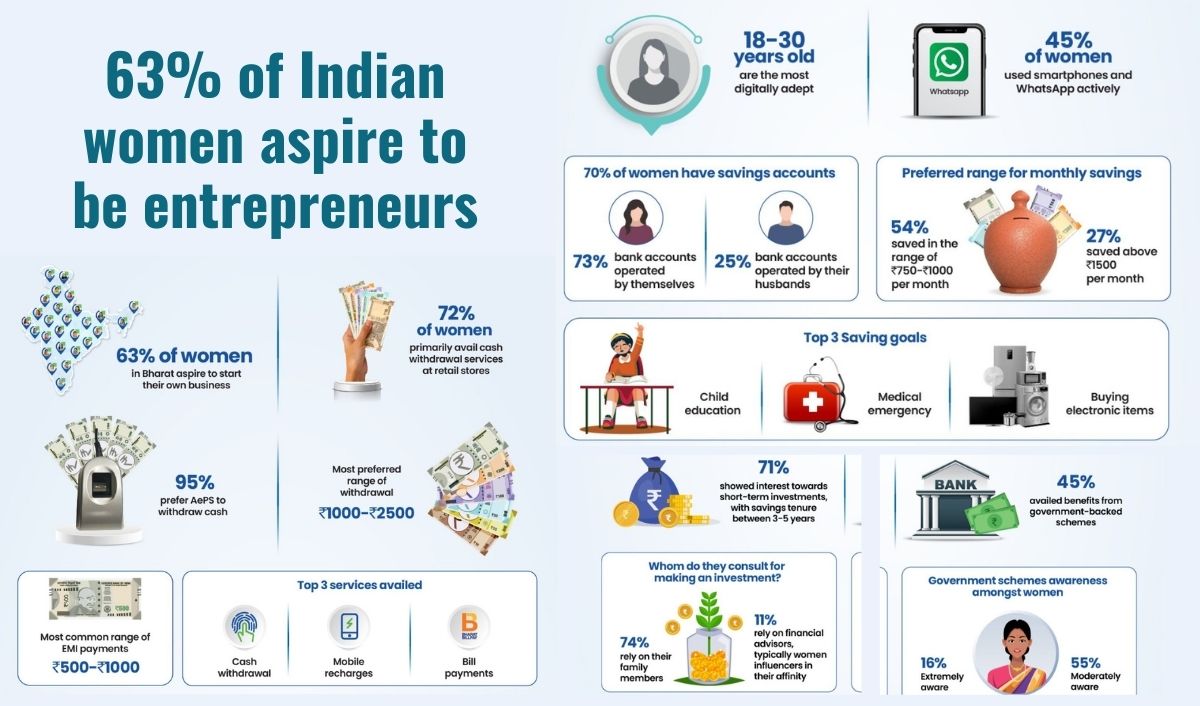
6. Content explosion: traffic code in the algorithm era
Platform combat matrix: ▸ TikTok: Challenge + ASMR content (fabric friction sound) ▸ Instagram: KOC dressing scene drama ▸ Pinterest: mood board SEO optimization
Viral content formula: [Counter-common sense facts] + [Visual hammer] + [Action command] Case: • “This home clothes will accompany you through the three major stages of life” • “Why CEOs have changed into office pajamas”
Tool recommendation:
- Use Vizrt to create product visualization data
- Monitor hot topics through Brandwatch
7. Channel combination punch: the golden ratio of omni-channel retail
Phase layout: Stage | Online share | Offline share | Key actions —–|———-|———-|————- 0-1 year | 90% | 10% | Shopify+DTC 1-3 years | 70% | 30% | Pop-up store + buyer store 3-5 years | 50% | 50% | Brand experience store
Emerging channels: • Live e-commerce: TikTok Shop ROI reaches 1:7 • Vending machines: airport/high-end gym scenes
Channel conflict management:
- Offline exclusive styles
- Online member exclusive benefits
8. User operation: Evolution from transaction to relationship
RFM model optimization: Level | Share | Strategy —–|——|—————— High value | 15% | Personal dressing consultant Potential stock | 25% | New product trial plan Sleeper | 60% | Wake-up gift package stimulation
Community operation skills: • Create a “Comfortable Lifestyle Home” VIP community • Develop UGC production tools (outfit template generator)
Data asset accumulation:
- Establish a body database to optimize the version
- Collect washing habits to guide product improvement
9. Technology moat: cross-border integration of smart wearables
Innovation direction: ◉ Biosensor: Monitor sleep quality ◉ Temperature regulation: Graphene heating area ◉ Self-cleaning fabric: Photocatalytic technology
Patent layout suggestions:
- Prioritize the application of utility model patents
- Design patents protect characteristic elements
- Trademark registration covers core terms
Industry-university-research cooperation:
- Build laboratories with textile colleges and universities
- Apply for government science and technology innovation subsidies
10. Brand upgrade: the transition from product to culture
Value output: ✔ “Comfort is a human right” – inclusive marketing ✔ “Slow life revolution” – anti-fast fashion proposition
Cross-border cooperation case: • Launched a joint package with meditation app • Sponsored digital nomad community
Long-term construction tools:
- Brand Bible
- Visual identification system (VIS)
Ultimate roadmap: 12-month action plan
Quarterly milestone: Q1: Complete user insights + minimum viable product Q2: Establish supply chain + content system testing Q3: Start paid promotion + channel expansion Q4: Data review + product line expansion
Key indicator dashboard: ✓ CAC<$30 ✓ Repurchase rate>40% ✓ Single product sales rate>80%
Risk warning: • Fabric price fluctuation warning mechanism • Establish a 6-month cash flow reserve
FAQS
1. What is the current market size for loungewear?
The global loungewear market was valued at $12.9 billion in 2024 and is projected to reach $32.5 billion by 2033, growing at 9.7% CAGR.
2. Which fabrics are best for sustainable loungewear?
Top choices include organic cotton, bamboo fiber, Tencel™, and recycled polyester – balancing comfort with eco-credentials.
3. What’s the minimum order quantity (MOQ) for new brands?
Digital printing allows 1-piece orders, shared production facilities accept ~50 units, while traditional manufacturers require 500+ units.
4. How to price loungewear competitively?
Use tiered pricing: $39-59 (basic), $99-129 (premium), $199+ (luxury/tech). Maintain 50%+ gross margins.
Conclusion: Infinite Game of Comfort Economy
When the boundaries between “home” and “social” are increasingly blurred, home clothes are redefining the dressing philosophy of modern people. There is no absolute giant in this market worth hundreds of billions, only players who continue to innovate. Remember: true comfort is not a soft compromise, but a precise satisfaction of the needs that users themselves are not aware of. Now, it’s time to reconstruct this traditional industry with your unique perspective-because the best home clothes brand is always born from a new interpretation of “comfort”.
Tomorrow’s Star Test: Do you have the following qualities? □ Able to discover the invisible pain points of segmented groups □ Extreme pursuit of fabric technology □ Good at creating emotional resonance with content If you check ≥2 items, you may be the next disruptor of the comfort economy!

